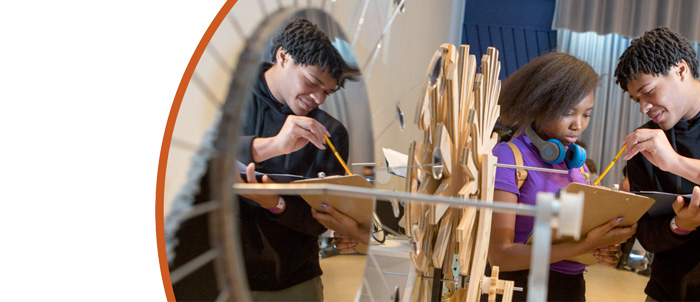Investigating the Use of Peer Role Models to Inspire Women to Thrive in STEM
Effective Years: 2015-2021
This proposal was submitted in response to EHR Core Research (ECR) program announcement NSF 15-509. As part of ECR, this project is funded by the Research on Gender in Science and Engineering (GSE) program. GSE seeks to understand and address gender-based differences in STEM education and workforce participation through education and implementation research that will lead to a larger and more diverse domestic STEM workforce. Stereotype threat and feelings of not belonging are suggested as important contributors of the under-achievement and underrepresentation of women in STEM. Numerous past laboratory experiments have shown that math-talented peer female role models alleviate the negative effect of stereotype threat, which should then foster feelings of belongingness in STEM. The key mechanism underlying the beneficial effect of peer role models seems to be gender similarity. This research study will engage in an in-depth exploration of similarity in order to build understanding of the peer role model effect and identify ways to make peer role models optimally effective.
This project will provide a rich amount of lab-based and prospective, real-world data that will advance theory and knowledge on ways peer role models can inspire women to thrive and persist in STEM. Experiments will investigate the impact of increasing similarity between women and peer role models, examine whether substituting one source of similarity with another can turn male peers into role models, and attempt to identify the source or combination of sources of similarity that optimize the peer role model effect. The research will be conducted at San Diego State University (SDSU) and the knowledge gained from this research will then be used to inform a prospective field study conducted in San Diego high school math classrooms. High school is a time when mathematics-related gender differences begin to emerge and these gender differences seem to be strong predictors of women's choice to pursue and persist in STEM. This is also a time when peer influence is particularly strong. Hence, introducing peer role models into high school math classrooms would be a particularly beneficial method for reducing the gender gap in STEM.




